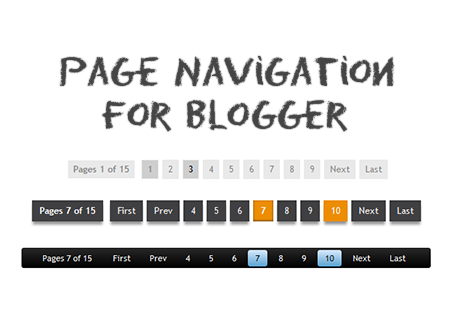| Freeablo engine in its early stages |
Who doesn't love the original Diablo? When it was first released in 1996, this game set a notable landmark for making the RPG genre more accessible to a broader audience, while still keeping many gameplay aspects of classic Rogue-derived RPGs, that kept the game fresh and unique even after being completed several times. This bridge between classic and modern aspects combined with an incredible attention to detail, a uniquely crafted atmosphere that still gives me the creeps, and a gameplay pacing and length that is just the right balance between level progression and grinding, has helped making Diablo one of my all time favourite games. Well, that and Battlenet, of course, we can never forget how Diablo was one of the first to make it so easy to just go dungeon crawling with a couple of friends online.
There is, however, one thing that I don't like about Diablo. One thing that annoyed me all over these years of repeated runs and occasional multiplayer meetups. And that is how Blizzard itself decided to neglect its maintenance and compatibility completely and practically drop all active support for it, despite keeping the Battlenet servers online. Yes, you will have a tough time trying to buy a fresh copy of this game nowadays, because Blizzard cares so much about their legacy games they don't even sell 'em anymore in their official store. But even if there still are plenty of used copies available online for cheap, running the game on modern systems can be a whole a new quest, given that the last patch is dated from 2000, which means no performance maintenance, no improved graphics compatibility, in fact, not even additional screen resolutions, and certainly no stability updates whatsoever.
| The first Cathedral levels loaded and randomly generated in Freeablo |
As a matter of fact, Blizzard has a whole tradition of being disrespectful to legacy fans. They refuse to let resellers touch their games (physical Diablo II and Starcraft copies still go by $25 nowadays, with no Steam or GOG versions in sight), they frequently discourage and hamper any type of mod support or mod attempts, other than whatever's produced under their little walled garden editor-type programs and, obviously, they never ever released the source code of any of their games, just to make sure us, the plebeian fans, would never touch their precious abandoned heritage with our filthy paws.
Luckily, this might just be about to change, with the coming of a bold, new engine remake project most aptly named Freeablo. This project aims to rebuild and expand upon the original Diablo engine, keeping it fully portable and compatible with modern systems, as well as making it adaptable and moddable for anyone willing to modify the game. All of this while still paying due respect to Blizzard and requiring the original game files in order to run the game. Now isn't this nice?
Code License: GPLv3
Assets License: Relies on original proprietary data files
Official Website
Source Code (Github)










.JPG)















